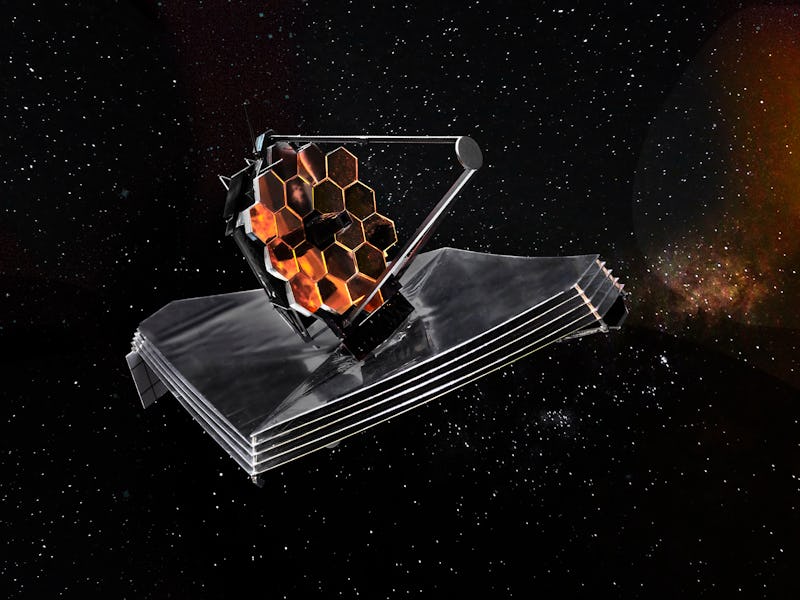Look! Webb Telescope captures 5 different, dazzling views of a nearby galaxy
New alignments mean the telescope will be poised to perform science investigations soon.

It only took 25 years of development, 17 years of construction, eight launch delays, and five months of alignments, but finally, the James Webb Space Telescope is almost ready for prime time. New photos released by the European Space Agency (ESA) — and an accompanying video from NASA — show images of stars taken by a fully aligned space telescope, instruments and all.
The image shows snapshots from each of Webb’s three imaging instruments, plus its spectrograph and guidance sensor. The images show a field of stars in the Large Magellanic Cloud (LMC), a galaxy near the Milky Way about 158,000 light-years away. If it orbits our galaxy, it would be, by far, the largest satellite galaxy. But there’s a chance it’s just passing through or slowly merging with our galaxy.
They may not have all the Hubble flair, but these infrared images taken by the James Webb Telescope will help astronomers understand one of our nearest galactic neighbors.
The instruments used to capture the LMC image are:
Near Infrared Camera (NIRCam) — The primary set of Webb's “eyes” that sees in infrared ranges just outside what our eyes can. It also contains a coronograph, which can block out light from stars to directly look for planets around them.
Mid-Infrared Instrument (MIRI) — MIRI can see objects in wavelengths far beyond what NIRCam can, finding fainter celestial bodies such as distant galaxies or comets at the outskirts of our Solar System. To make these measurements, MIRI had to be cooled to a few degrees above absolute zero, or the heat from the instruments would affect its sensitivity.
Near-Infrared Imager and Slitless Spectrograph (NIRISS) — An imager that works in tandem with the Fine Guidance Sensor to break down the light of observed objects and determine their composition. This will help with things like exoplanet atmospheres, which could reveal if some Earth-size worlds are also actually Earth-like or a bit more toxic like Venus or nearly-airless like Mercury — or something else entirely.
Fine Guidance Sensor (FGS) — The Fine Guidance Sensor is what it sounds like — it’s what helps Webb point at objects with precision. FGS and NIRISS work as one instrument, with NIRISS as the primary “eyes”, though FGS has limited imaging capability.
Near-Infrared Spectrograph (NIRSPEC) — While it has an imager for guidance, this is more of a raw scientific instrument, breaking down the light into specific wavelengths. This will help Webb scientists delve into the early universe and find out what was happening at a time when few heavy elements existed.
Along with the image that the ESA released, NASA released a video celebrating the final alignment.
The James Webb Space Telescope launched on Christmas Day 2021 after several years of development. The telescope is a collaboration between NASA, the European Space Agency, and the Canadian Space Agency. The telescope is named after former NASA administrator, James Webb. The naming has attracted controversy due to Webb’s role in purging LGBT people from the government during the Lavender Scare, a less well-known companion to the Red Scare of the 1950s. Webb, at the time, was at the State Department.
Now that the imaging instruments are properly aligned, NASA and its partners will begin commissioning several science instruments. These are components within the imaging instruments that can do things like filter certain kinds of light, adjust the cameras to specific customizations, or apply a particular lens. That could take a few months, as could a few calibrations to confirm that the telescope is temperature-stable when it moves between targets. During that time, mission control will also monitor mirror alignment to make sure it stays in place.
This article was originally published on